Home>Ideas and Tips>Upgrading Your Home’s Windows With DIY Photovoltaic Glass Panels
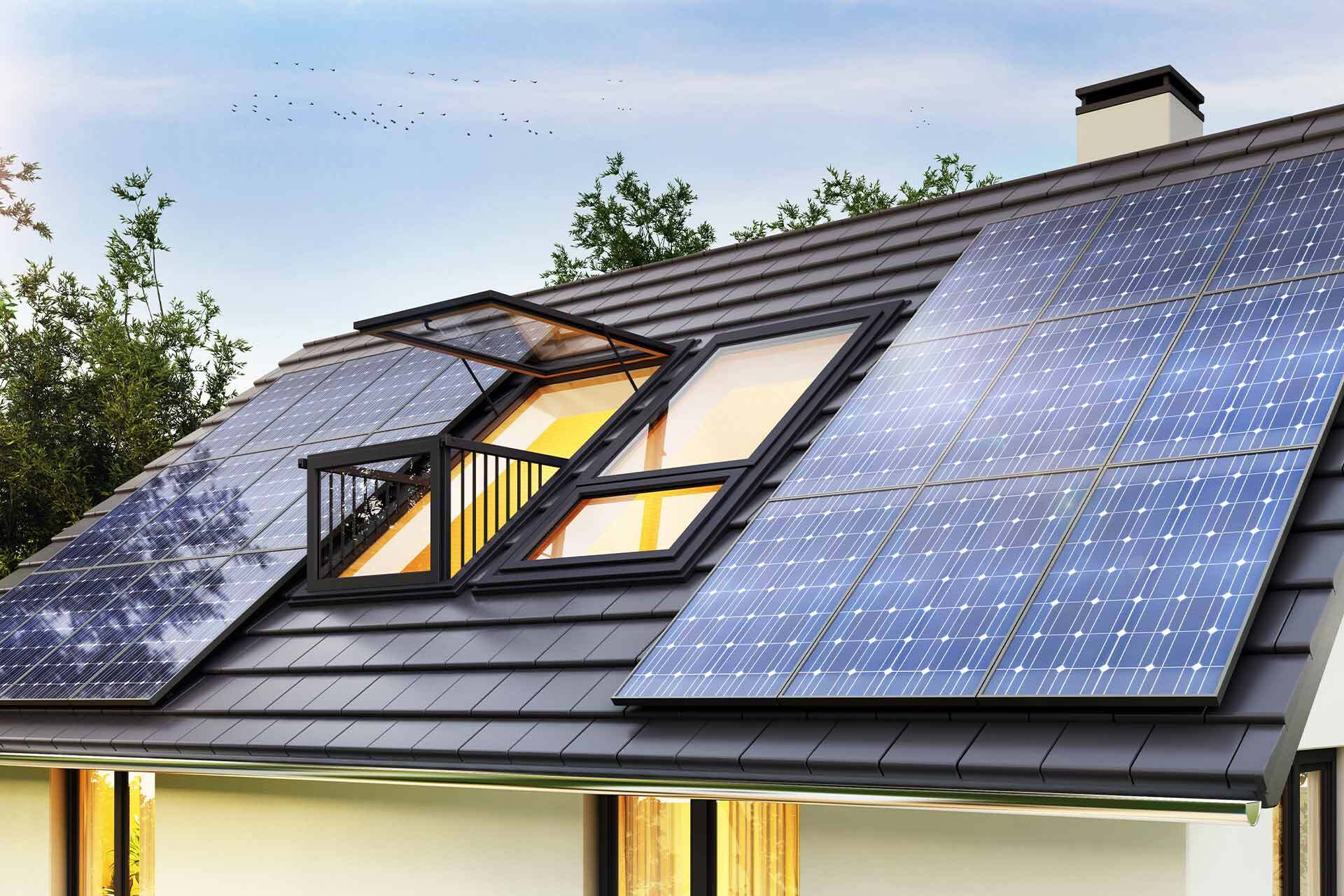

Ideas and Tips
Upgrading Your Home’s Windows With DIY Photovoltaic Glass Panels
Published: September 21, 2024
Upgrade your home's windows with DIY photovoltaic glass panels to generate electricity, enhance aesthetics, and boost energy efficiency.
(Many of the links in this article redirect to a specific reviewed product. Your purchase of these products through affiliate links helps to generate commission for Storables.com, at no extra cost. Learn more)
Upgrading your home's windows with DIY photovoltaic glass panels is a fantastic way to embrace renewable energy while maintaining the aesthetic appeal of your living space. But what exactly are these panels, and how can you integrate them into your home?
Photovoltaic glass panels, often called solar windows or transparent solar panels, are a cutting-edge technology that combines the functionality of traditional windows with the energy-generating capabilities of solar panels. Unlike the bulky solar panels you see on rooftops, these sleek panels are integrated directly into windows or building facades. This means they let natural light in while capturing solar energy to generate electricity. Pretty cool, right?
Introduction to Photovoltaic Glass Panels
Photovoltaic glass panels are a game-changer in the world of renewable energy. They offer several advantages that make them an attractive option for homeowners:
- Aesthetics: These panels blend seamlessly into your home's architecture, maintaining its visual appeal.
- Functionality: They serve as regular windows, allowing natural light to pass through while generating electricity.
- Efficiency: Even when installed in less-than-ideal orientations, they can capture a significant amount of solar energy.
The Science Behind Photovoltaic Glass Panels
These panels work on the same principle as traditional solar panels. They're made of photovoltaic (PV) cells that convert sunlight into electricity. What sets them apart is their transparency. These specialized PV cells are designed to be transparent or semitransparent, allowing visible light to pass through while absorbing and converting the sunlight's energy into electricity.
The technology behind these panels involves advanced materials like quantum dots or organic materials. Quantum dots embedded in glass windows can absorb light and re-emit it as infrared light towards solar cells housed at the edges of window panels, which then generate power. Organic materials similar to those found in clothing and paints are also used in coatings like UE Power, developed by Ubiquitous Energy.
Benefits of Photovoltaic Glass Panels
- Sustainability: By generating clean, renewable energy, these panels help reduce greenhouse gas emissions and your carbon footprint.
- Aesthetic Appeal: They offer a seamless and aesthetically pleasing way to integrate solar energy into your home's design.
- Dual Functionality: These panels provide shading and thermal insulation, reducing the need for additional window treatments and HVAC systems.
- Flexibility: Available in various shapes and sizes, they can be tailored to meet the specific needs of your home.
- Energy Efficiency: They enhance overall energy efficiency by generating electricity while allowing natural light to pass through.
Challenges and Limitations
While photovoltaic glass panels offer numerous benefits, there are some challenges and limitations to consider:
- Efficiency: Currently, these panels are less efficient than traditional solar panels, with efficiencies ranging from 5% to 10% compared to 20% for traditional panels.
- Cost: The cost of production is higher due to the advanced materials used, making them less accessible for widespread adoption.
- Commercial Availability: Solar window technology is still in the experimental phase and not yet commercially available for widespread installation.
- Design Constraints: The design of these panels must reconcile letting incoming light through to illuminate a room while capturing incoming light for energy production, which can be a complex task.
DIY Photovoltaic Glass Panels: A Practical Guide
While commercial photovoltaic glass panels are not yet widely available, DIY enthusiasts can explore creating their own versions using various materials and techniques. Here’s a step-by-step guide:
Step 1: Materials and Preparation
- Solar Cells: You can use standard solar cells or specialized transparent solar cells.
- Glass Sheets: Two sheets of glass (one for the backing and one for the front) are needed to create a sealed panel.
- Silicone Sealant: This is used to ensure a watertight seal around the edges of the glass.
- Frame Material: White j-molding or j-channel can be used for framing the panel.
Step 2: Laying Solar Cells
- Lay out the solar cells on one sheet of glass, ensuring they are aligned properly.
- Use silicone sealant to secure the solar cells to the backing glass sheet.
Step 3: Assembling the Panel
- Place the second sheet of glass on top of the solar cells, ensuring it is aligned properly.
- Apply silicone sealant around the edges of both glass sheets to create a watertight seal.
- Use white j-molding or j-channel to frame the panel and provide additional support.
Step 4: Testing and Optimization
- Once assembled, test your DIY photovoltaic glass panel under various conditions to optimize its performance.
- Adjust the orientation and placement as needed to maximize energy output.
Practical Applications
While DIY photovoltaic glass panels are an exciting prospect, they are not yet practical for widespread use due to their inefficiency and high cost. However, there are several practical applications where these panels could be utilized:
- Apartment Living: For apartment dwellers with limited space, installing flexible or transparent solar panels on windows can be an effective way to generate electricity, especially during peak sun hours.
- Retrofitting Existing Buildings: These panels can be integrated into existing building facades or windows, providing a retrofitting solution that enhances energy efficiency without significant structural changes.
- New Construction Projects: Architects can design buildings with integrated photovoltaic glass panels from the outset, ensuring seamless integration with the building’s design.
Case Studies and Examples
Physee PowerWindows
Physee's PowerWindows are currently the only commercially installed solar windows available. These windows use small solar panels installed along the edges of glass panes to generate electricity. They are installed in a Dutch bank and generate enough power to charge a smartphone a few times a day.
Mitrex Solar Facades
Mitrex offers customizable solar facades and railings that integrate solar energy into building envelopes. These solutions provide a turnkey approach for self-sufficient buildings with no perceivable difference between energy and non-energy-generating surfaces.
Conclusion
Photovoltaic glass panels represent a significant step forward in renewable energy integration, offering both aesthetic appeal and functional benefits. While they face challenges related to efficiency and commercial availability, DIY enthusiasts can explore creating their own versions using various materials and techniques. As technology advances, these panels are poised to become more accessible and affordable, paving the way for a brighter, greener future.
In conclusion, upgrading your home's windows with DIY photovoltaic glass panels is an exciting prospect that combines sustainability with design. While there are challenges to overcome, the potential benefits make it an area worth exploring further. Whether you're an architect looking for innovative solutions or a homeowner seeking to reduce your carbon footprint, photovoltaic glass panels are certainly worth considering as part of your sustainable living strategy.
References:
- CNET – "See-Through Solar Windows Turn Invisible Light Into Electricity"
- EnergySage – "Can You Install Solar Glass Windows?"
- Instructables – "Using Solar Cells To Make Glass Frame DIY Solar Panel"
- Mitrex – "Solar Glass Panels: A Window to Sustainable Energy"
Was this page helpful?
At Storables.com, we guarantee accurate and reliable information. Our content, validated by Expert Board Contributors, is crafted following stringent Editorial Policies. We're committed to providing you with well-researched, expert-backed insights for all your informational needs.
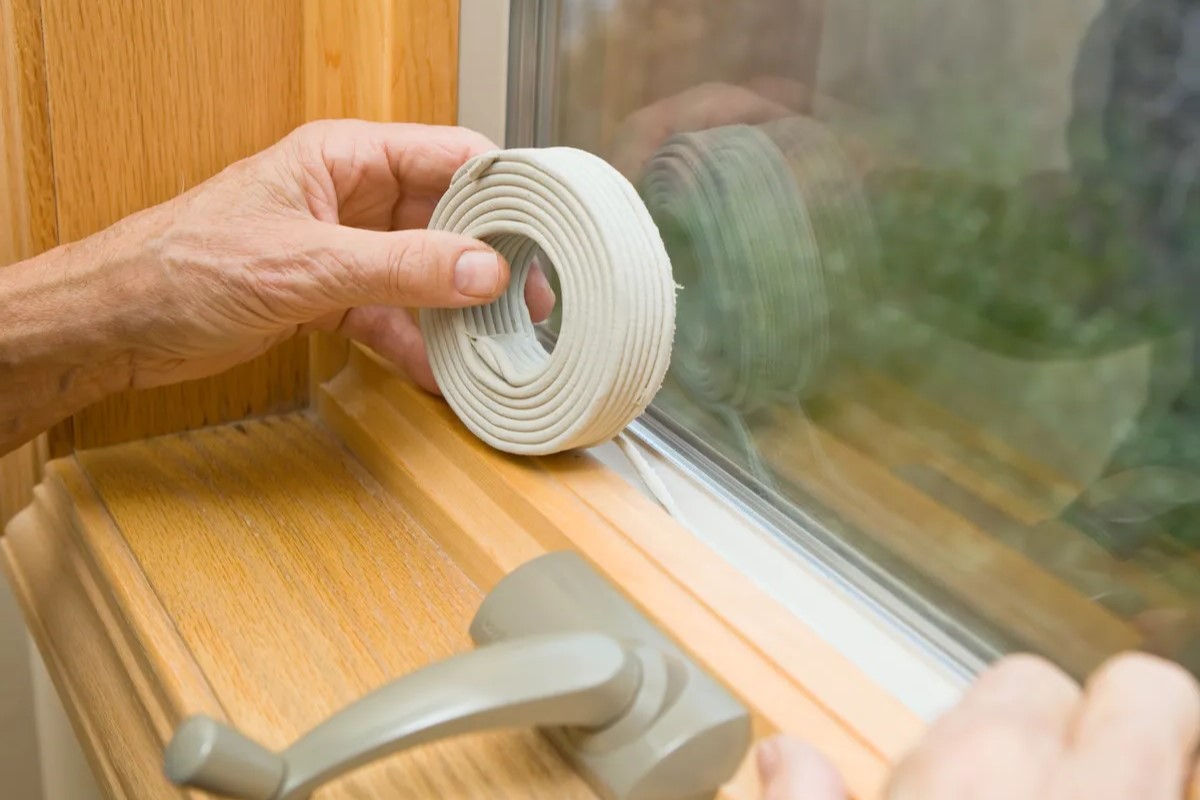
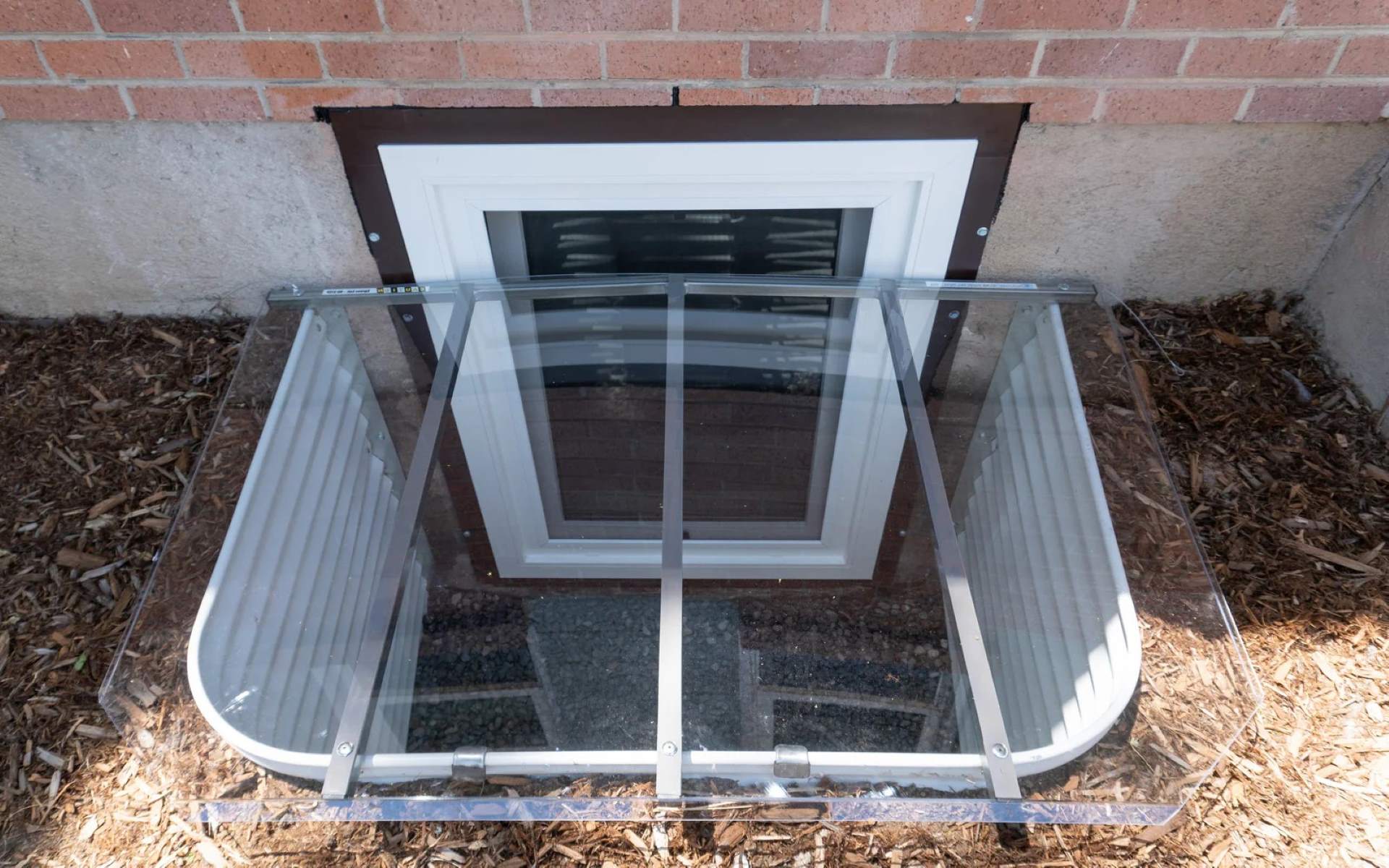
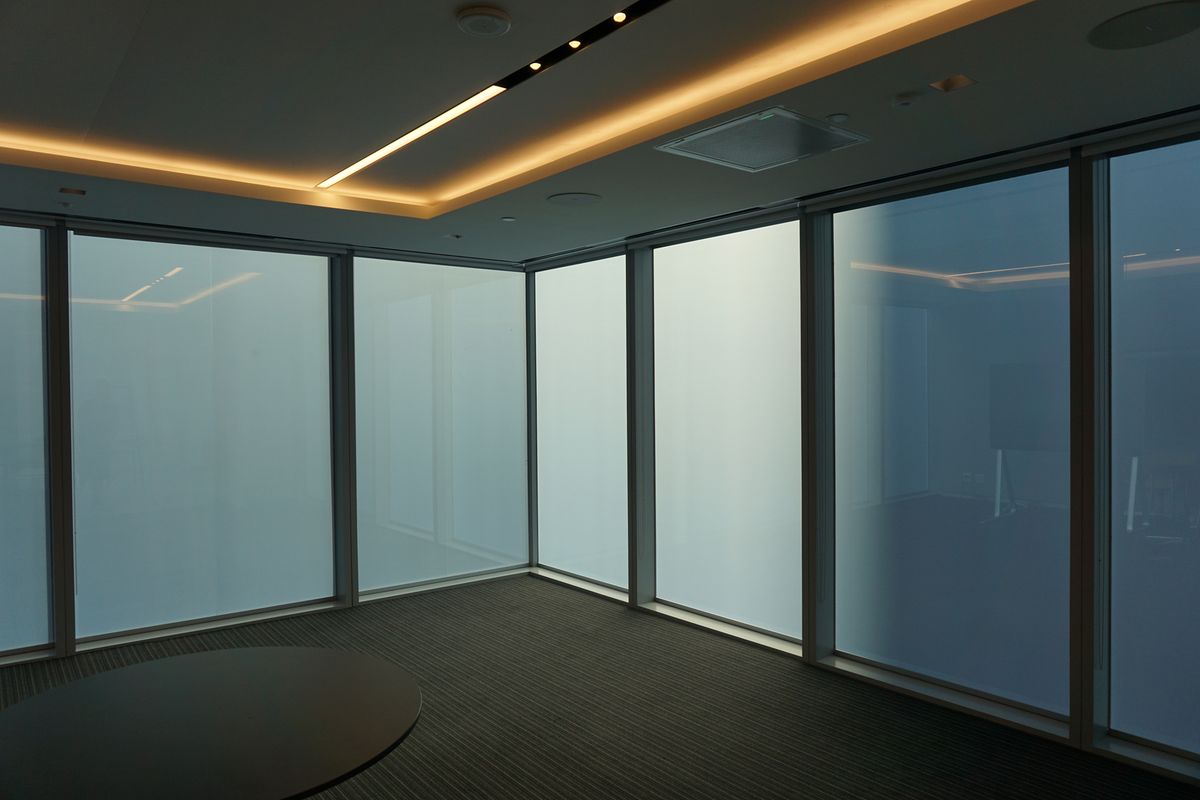
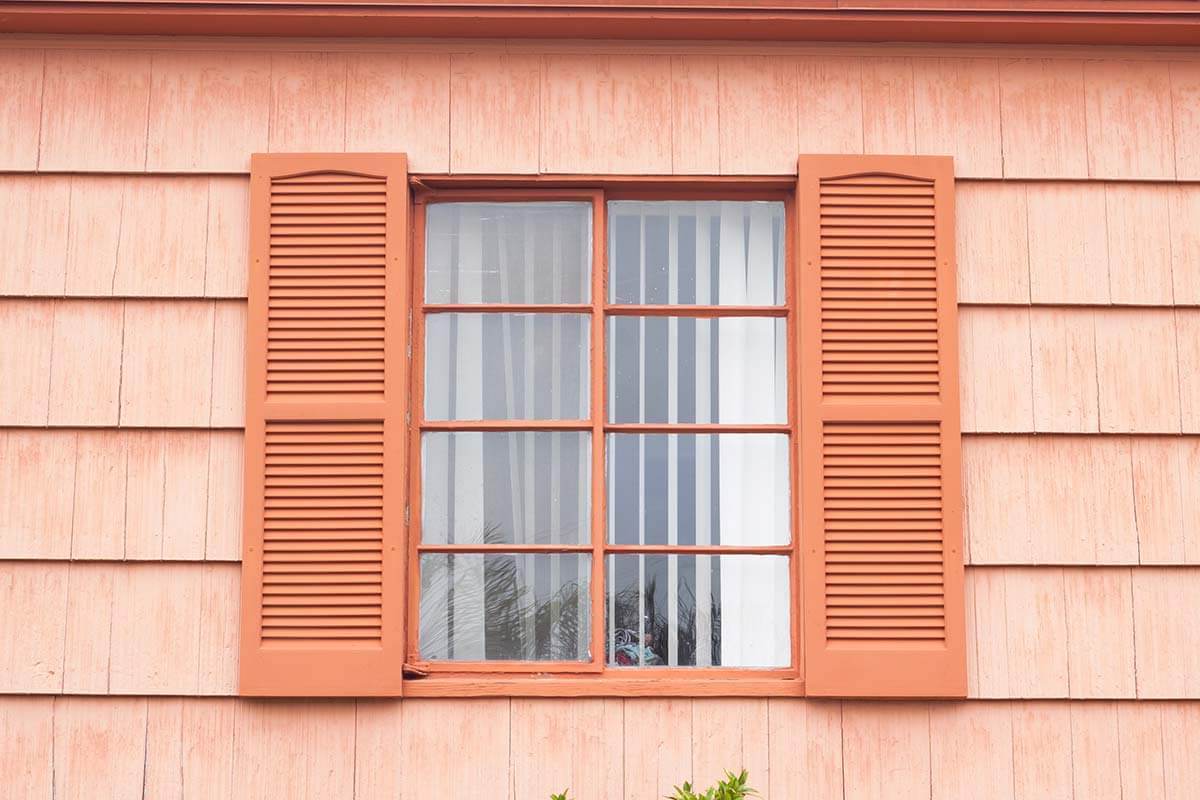
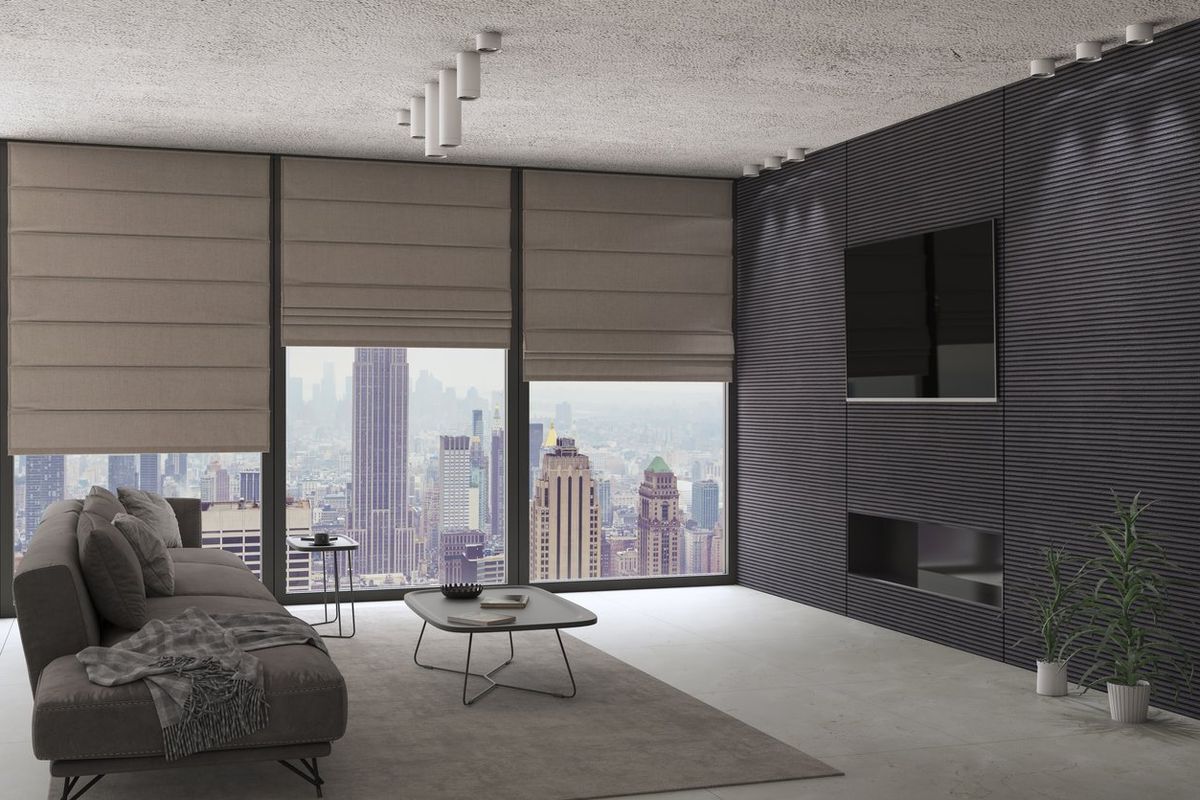
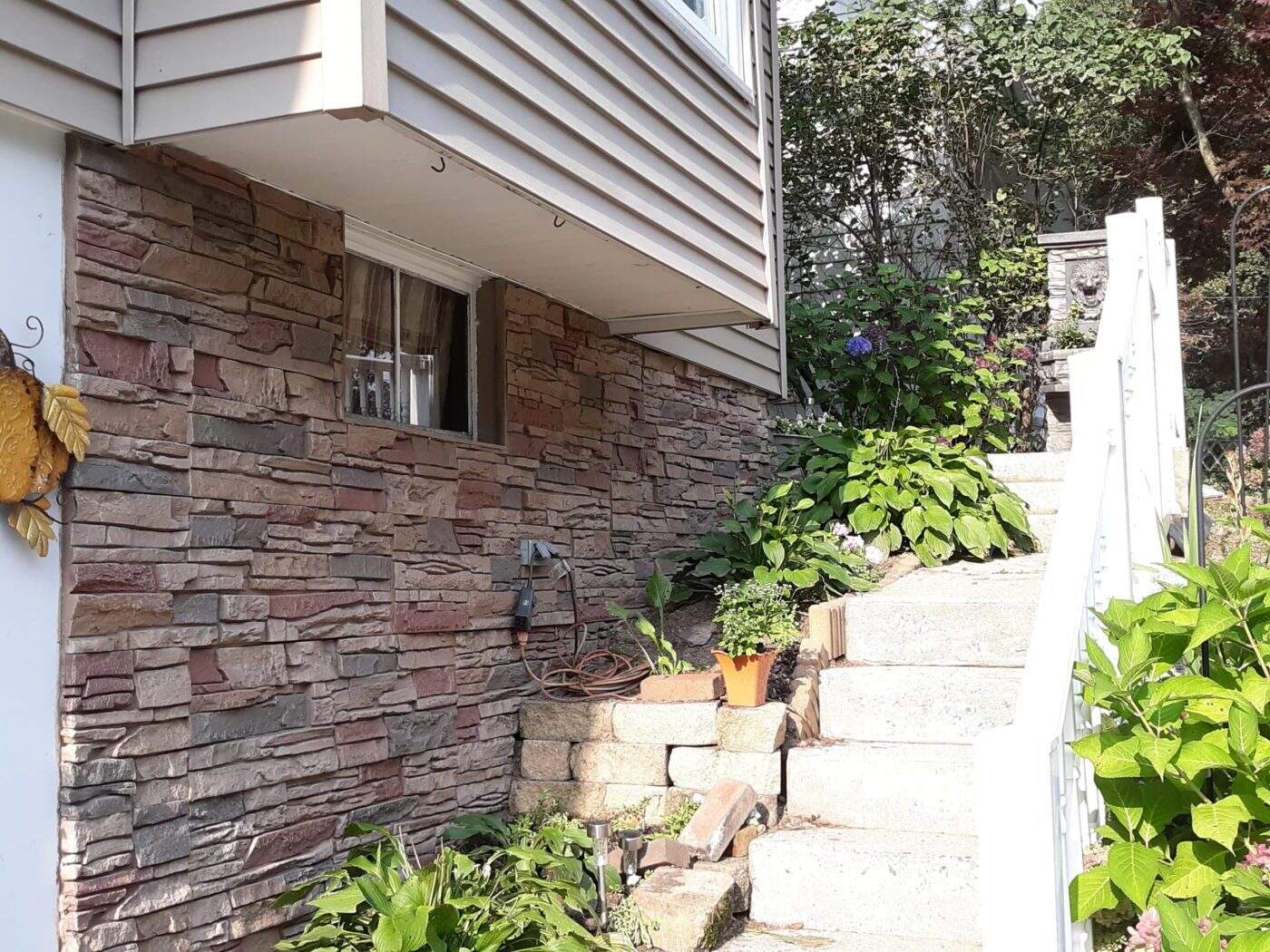

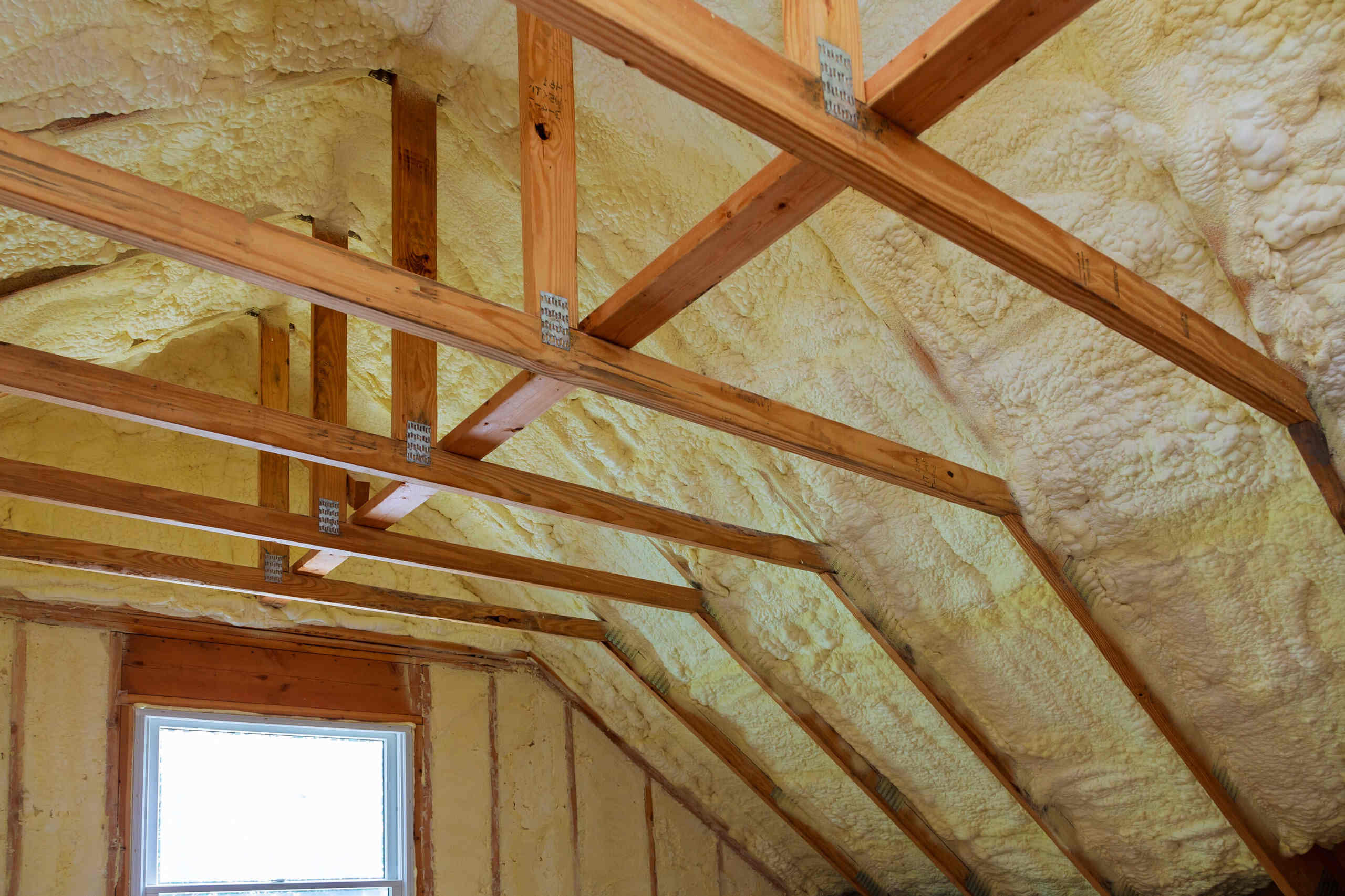
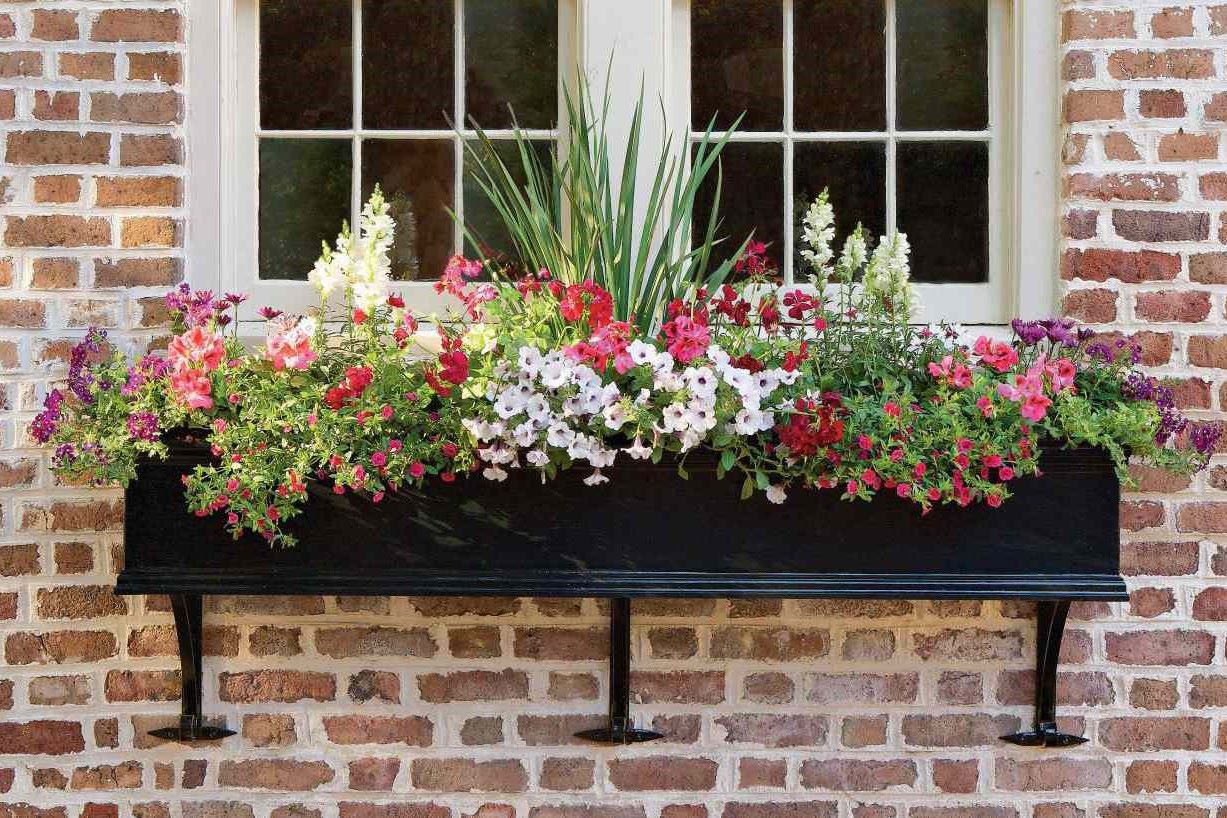
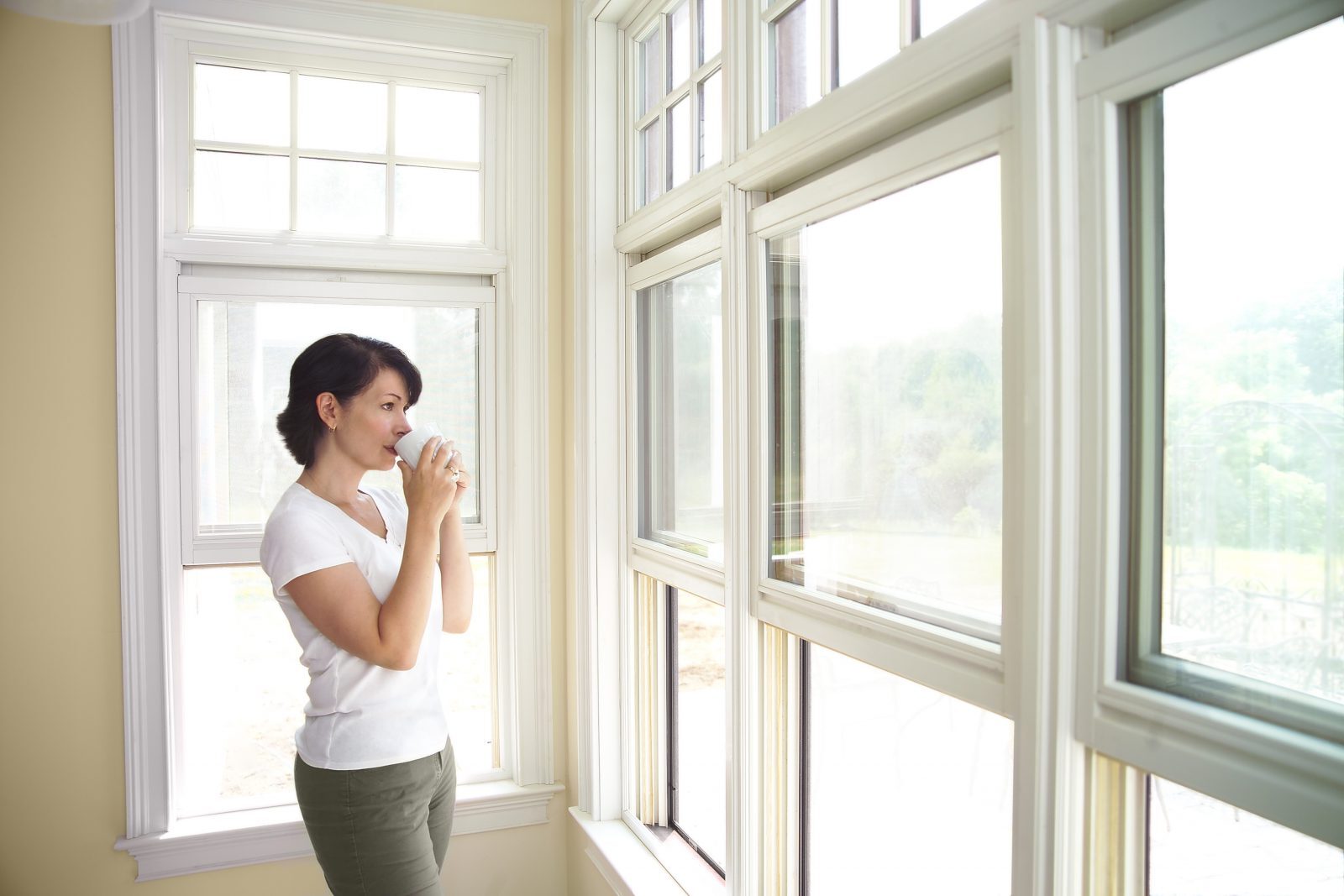
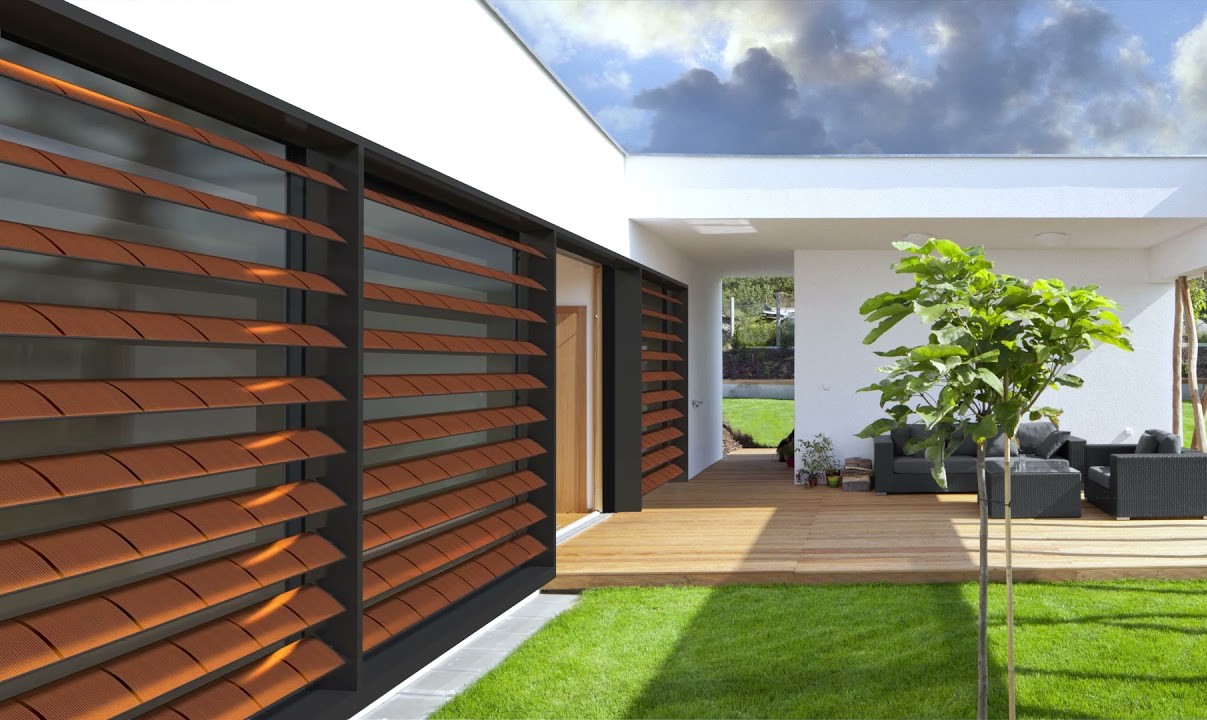
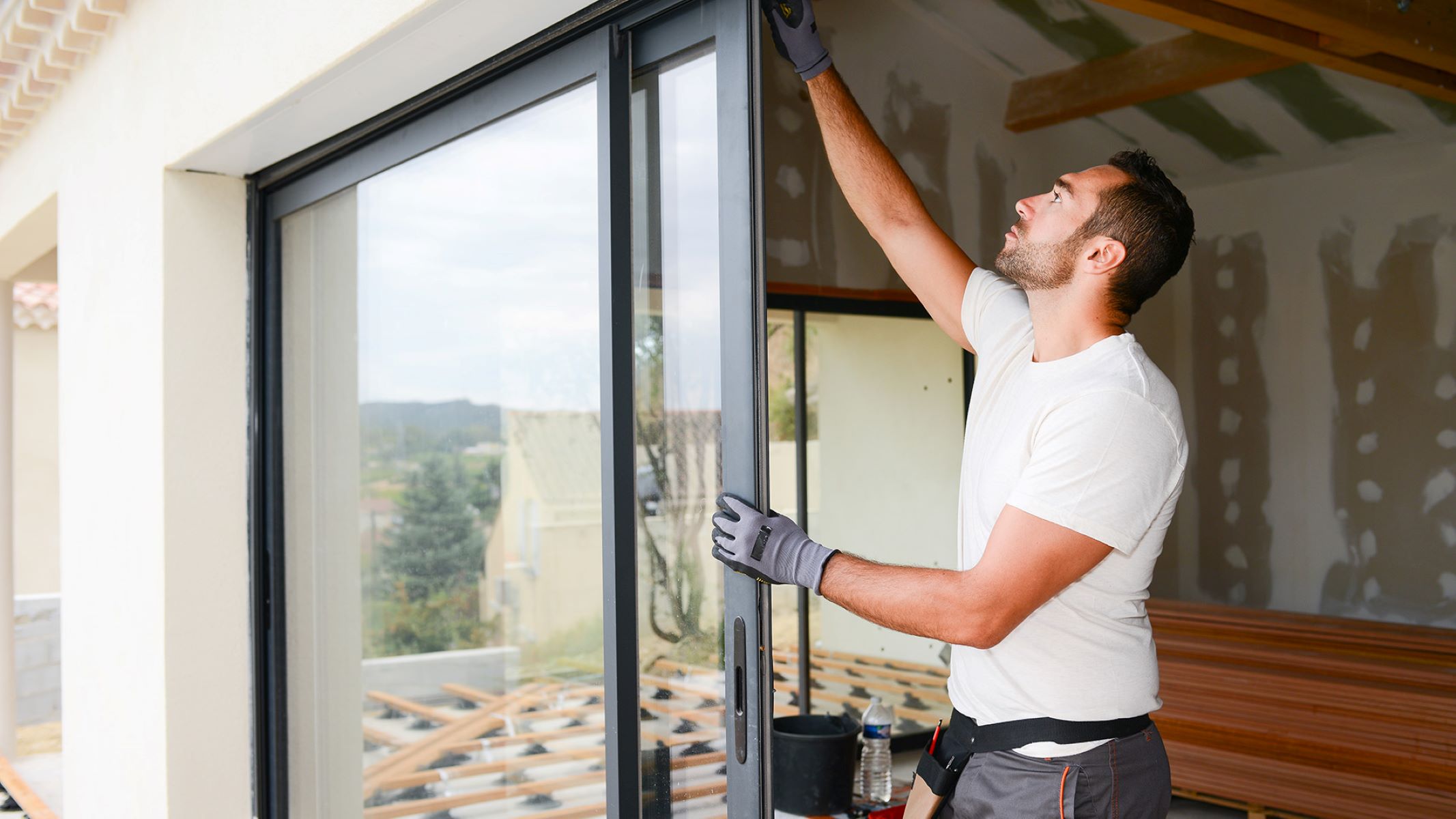
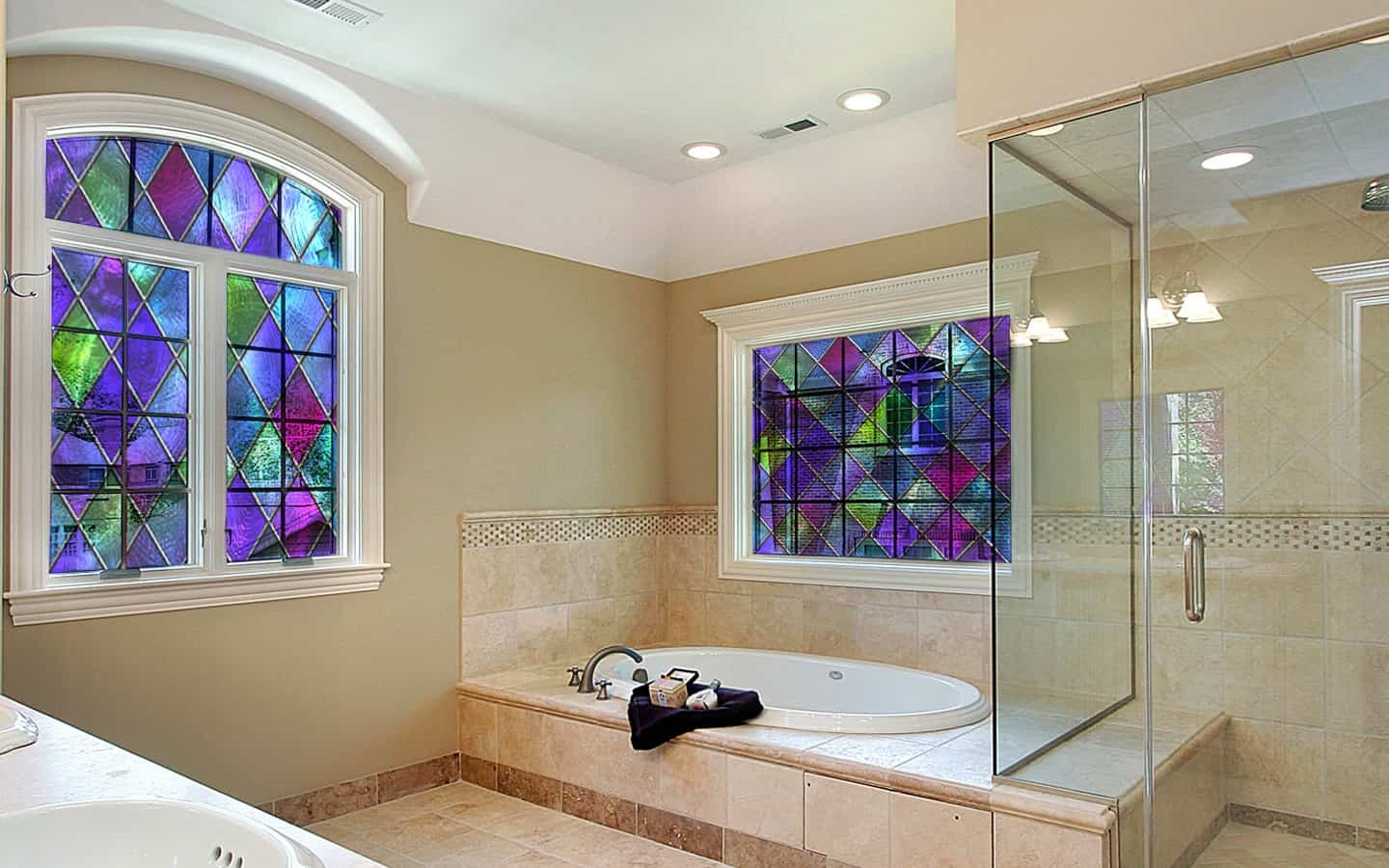
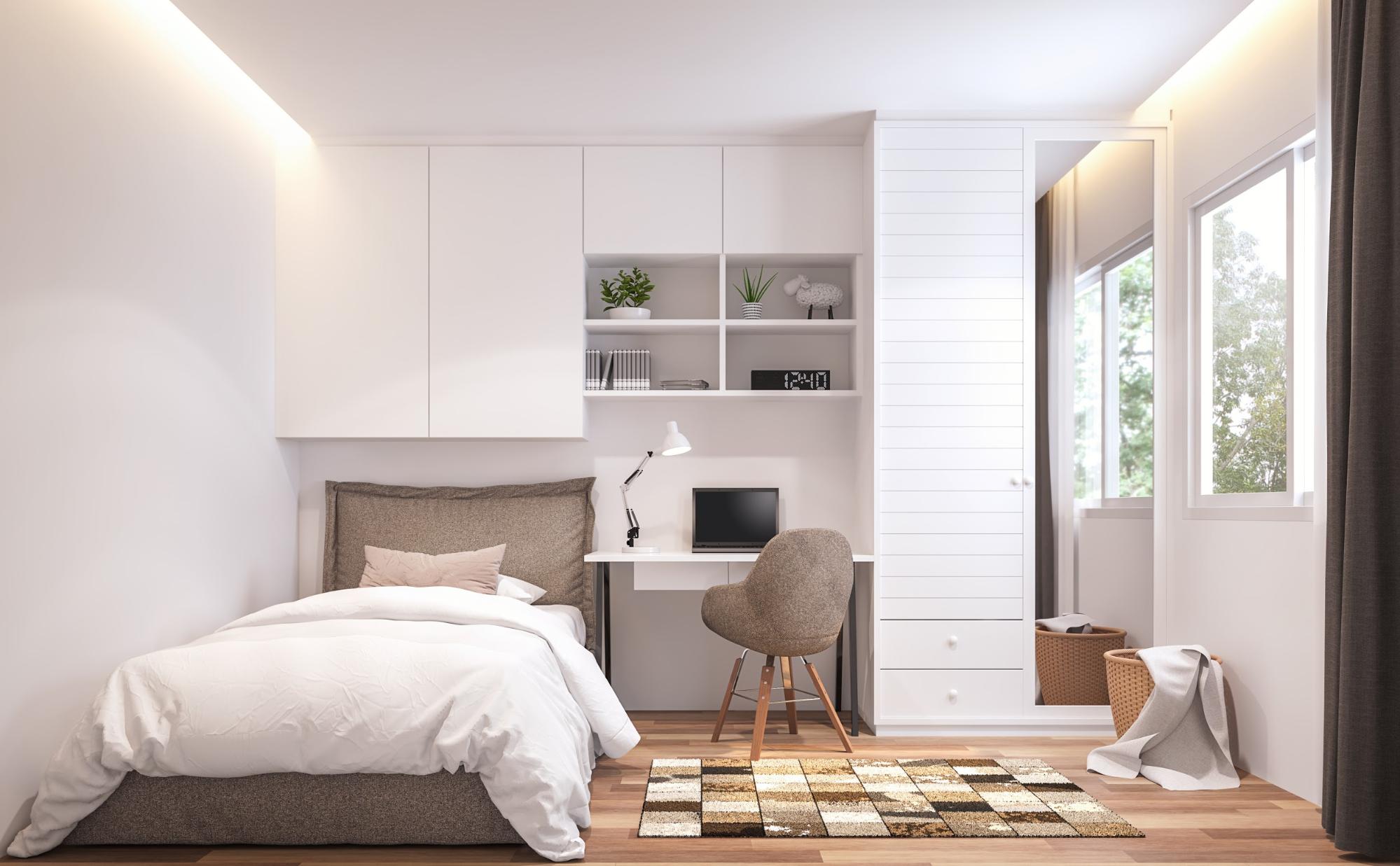

0 thoughts on “Upgrading Your Home’s Windows With DIY Photovoltaic Glass Panels”